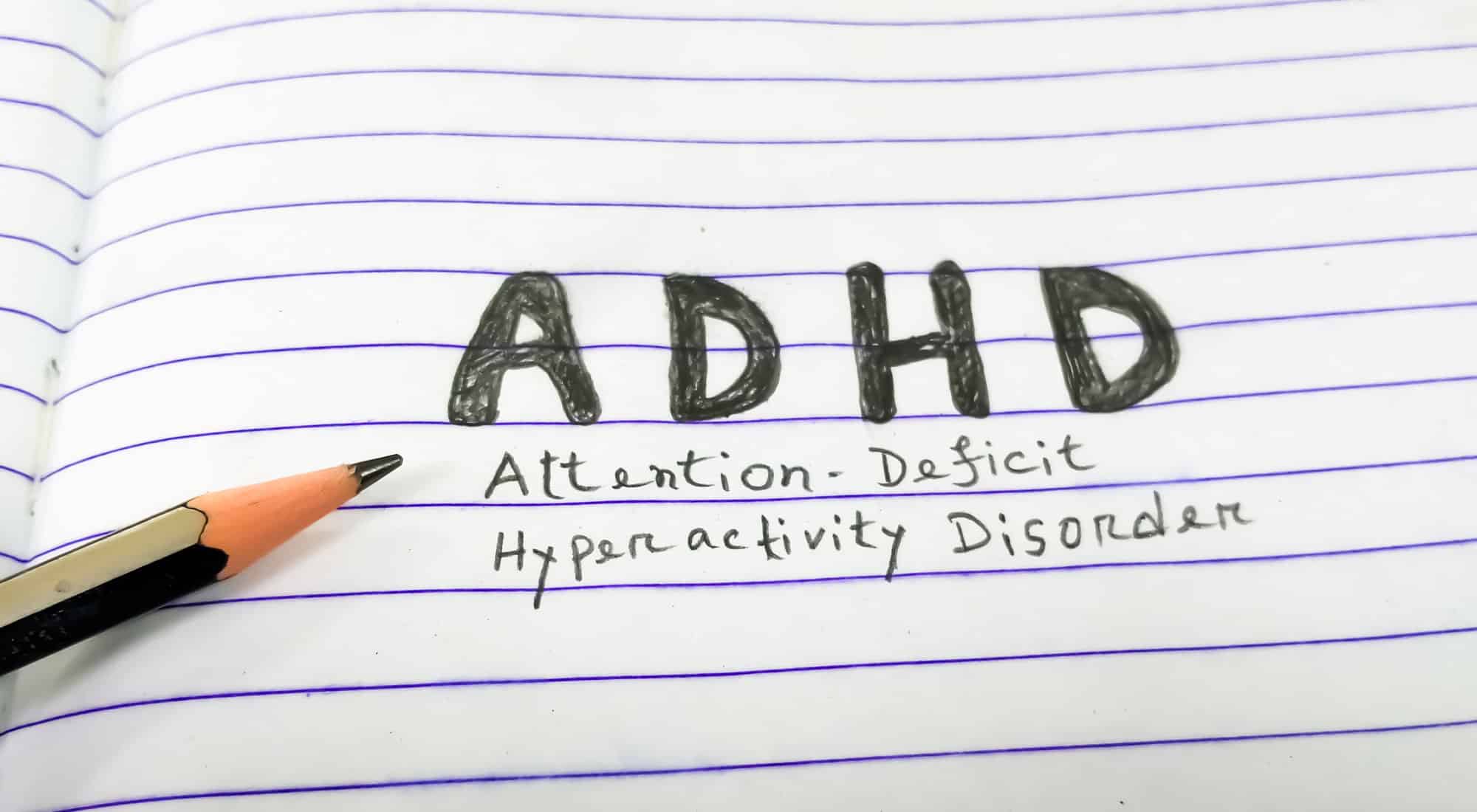
Dual Diagnosis
Addiction often occurs alongside emotional or mental health issues
Over 47 million adults have at least one mental health condition, and over 20 million have at least one substance use disorder. Approximately 9.2 million have both (a dual diagnosis)
2018 National Survey on Drug Use and Health
What is a Dual Diagnosis
It’s very common for those struggling with addiction to have dual or co-occurring disorders. In other words, substance abuse often goes hand in hand with emotional trauma or mental health disorders like depression, anxiety, or post-traumatic stress disorder (PTSD). In some cases, one disorder leads to or causes another. Other times, they exacerbate each other. For example, a person who has a social anxiety disorder may turn to alcohol as a way to help ease the symptoms that result from that condition. However, self-medicating in this way often only serves to make the problems worse. The underlying issues of the social anxiety disorder are left unaddressed, and the alcohol problem gets worse as the person becomes more reliant on it to cope. Or, alternately, someone who has a habit of binge drinking may develop depression as a result of alcohol’s effects on their brain and their behavior.
Common Co-OccuRring Conditions
Dual Diagnosis By the Numbers
According to the 2018 National Survey on Drug Use and Health:
- Over 47 million US adults have at least one mental health condition, and over 20 million have at least one substance use disorder. Approximately 9.2 million have both (a dual diagnosis).
- Almost half of US adults with co-occurring disorders are not receiving any treatment.
- Nearly 360,000 US adolescents suffer from both addiction and at least one mental health condition.
- 1.3% of all US adults are dealing with a severe mental illness as well as a substance use disorder.
According to a study published through the National Center for Biotechnology Information:
- As high as 67% of those seeking treatment for alcohol dependence had experienced depression, and 6-8% had experienced bipolar disorder during their lifetime.
- In a survey of nearly 300 cocaine users, approximately 44% had a current mood disorder, and 61% had a history of mood disorders.
Reach Out
We excel at treating patients who struggle with a dual diagnosis, even those who have tried and failed treatment many times before. Our combination of group and individual therapy with other therapeutic modalities such as Cognitive Behavioral Therapy (CBT), Somatic Experiencing (SE), Eye Movement Desensitization and Reprocessing (EMDR), and Neurofeedback gets to the root of these inter-related issues to do more than just help patients achieve temporary abstinence but instead find lasting healing.



